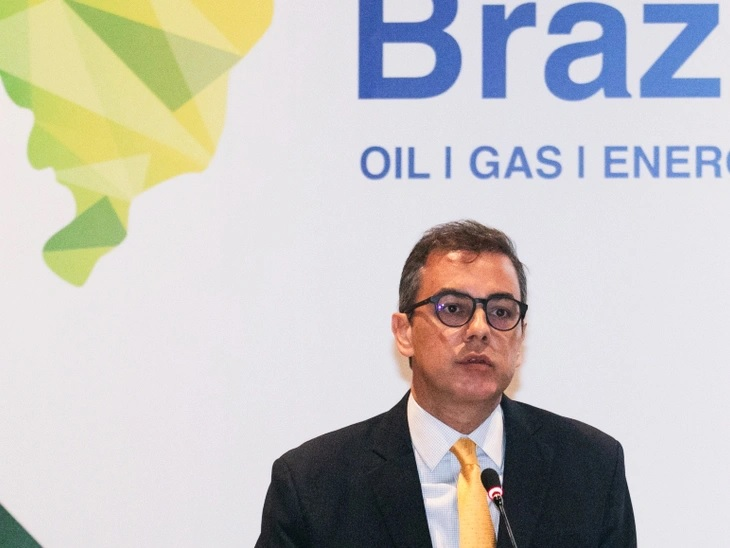Petrobras presents investments in technology to reduce carbon emissions
In participation in the Brazil Oil, Gas & Energy 2022 event, the company cited the expectation of a 4% reduction in carbon intensity in oil production with the adoption of innovative equipment
T&B Petroleum/Petrobras Agency27/05/2022 20:45

The director of Institutional Relations and Sustainability at Petrobras, Rafael Chaves, participated yesterday (5/26) in the opening panel of the Brazil Oil, Gas & Energy 2022 event, in Rio de Janeiro, when he highlighted the importance of the company's investment in research and technology to present low carbon solutions.
Among the highlights, Rafael cited the forecast of a 4% reduction in carbon intensity due to the adoption of Hisep, a technology patented by Petrobras for separating oil and gas at the bottom of the ocean and reinjecting CO2. It is estimated that the equipment will be installed in 2025 in the Mero area, in the pre-salt layer of the Santos Basin.
The search for new low-carbon technologies is one of Petrobras' five fronts cited by Rafael Chaves to contribute to the energy transition. The company also has low carbon oil production, especially in the pre-salt layer, which can be an ally in financing the energy transition. He also mentioned the importance of gas as an enabler of the electrical matrix with a high share of renewable sources; investment in new low-emission products such as BioQAV; and support for socio-environmental projects aimed at forest conservation and recovery.
The executive highlighted the set of characteristics that position Brazil in a differentiated way in the global scenario of the low carbon economy. “The energy transition is a challenge for the world and an opportunity for Brazil”, he commented.
Low carbon pre-salt oil is highly valued because it emits less greenhouse gases per barrel produced than the world average. There are 17 kg of CO2 per barrel produced in the world, compared to 10 kg in the pre-salt layer. "Exchanging a barrel from the pre-salt for the average barrel raises emissions by 70%, at the margin", commented the Director.
Among the investments in R&D, the director of Petrobras also mentioned the use of solar energy in the photovoltaic unit of Alto do Rodrigues (UFVA) in Rio Grande do Norte, in addition to research projects for wind power plants.
Rafael Chaves also presented the results of forest conservation initiatives through socio-environmental projects, which in 2021 reached 25 million hectares of protected areas, equivalent to 3% of Brazilian territory. In the coming years, another R$ 50 million will be invested in public notices for the selection of reforestation projects, within the scope of the Floresta Viva initiative, carried out in partnership with the BNDES.
In another panel at the event, Petrobras' executive strategy manager, Eduardo Bordieri, confirmed that the commitment to reducing carbon intensity, as well as economic resilience, is one of the pillars in the management of the company's portfolio. “In our decision-making process, reducing emissions has become an even greater focus. Each project is scrutinized for the lowest carbon intensity possible.”



